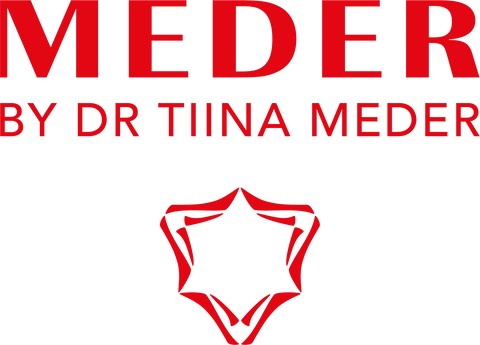
Acne is one of the most common skin concerns, affecting about 90% of people at some point in their lives. While many associate acne with teenagers, our understanding of this condition has evolved significantly over the past 10 to 15 years. Today, acne can affect people of all ages and skin types, often becoming chronic and more complex than previously thought.
Historically, acne was seen primarily as a condition of adolescence, especially affecting young boys due to hormonal changes. However, now we see acne persisting well into adulthood, with many people experiencing it into their 20s, 30s, and even 40s. Interestingly, acne severity can vary by skin type; for example, individuals with darker skin tones often experience more resistant and severe forms of acne. Additionally, cultural and environmental factors influence acne prevalence and severity. In some regions where aggressive skin cleansing is common, more severe acne is reported, while in others, less attention to cleansing correlates with milder cases. Epidemiological studies actually show that acne is largely a Western illness, linked to diet and lifestyle changes brought by Western influences.
Acne is influenced by genetic factors, hormone levels, skin sensitivity, immune response, and mental health. While genetics play a role — families with a history of acne tend to have more cases — it’s not the sole cause. Hormones, especially androgens, increase sebum production, but individual skin sensitivity to these hormones also matters. Acne is considered a psychodermatosis, meaning stress and mental health significantly impact its development. In fact, treating depression can sometimes improve acne without changing skincare routines. This highlights that acne is not just a skin issue but a reflection of overall health, including immune and nervous system function, lifestyle, and diet.
Acne develops deep within the pilosebaceous unit — the hair follicle and sebaceous gland. Excess sebum production, changes in sebum quality, and bacterial overgrowth create inflammation and clogged pores. The bacteria involved, previously thought to be Propionibacterium acnes, are now understood to be Cutibacterium acnes, which normally protect skin by producing antioxidants. Problems arise when sebum overproduction feeds these bacteria, leading to aggressive colonies and biofilms that worsen inflammation.
Traditional acne treatments focused on blocking sebum production, but this approach isn’t always effective long-term and can damage the skin barrier, causing dryness and irritation. Today, treatments aim to gently regulate sebum quantity and quality, support beneficial bacteria with prebiotics and probiotics, and restore the skin barrier with ingredients like niacinamide. Retinol remains a powerful ingredient for reducing sebum and speeding skin renewal but is not suitable for pregnant women. Alternatives derived from plants, plant stem cells or avocado offer similar benefits without irritation or safety concerns.
Diet and lifestyle also play critical roles. Reducing sugar intake, minimizing dairy and red meat, and supporting gut health with fermented foods and probiotics can improve skin condition. A gentle, microbiome-friendly skincare routine combined with a healthy lifestyle and mental wellness forms the foundation of effective acne management.
Understanding acne as a multifaceted condition helps set realistic expectations: treatment takes time — often two to six months — and requires a holistic approach. By addressing hormonal balance, skin microbiome health, diet, and mental well-being alongside topical care, you can achieve lasting improvements and healthier skin. Remember, acne is treatable, and with the right approach, your skin can transform without harsh aggression.


